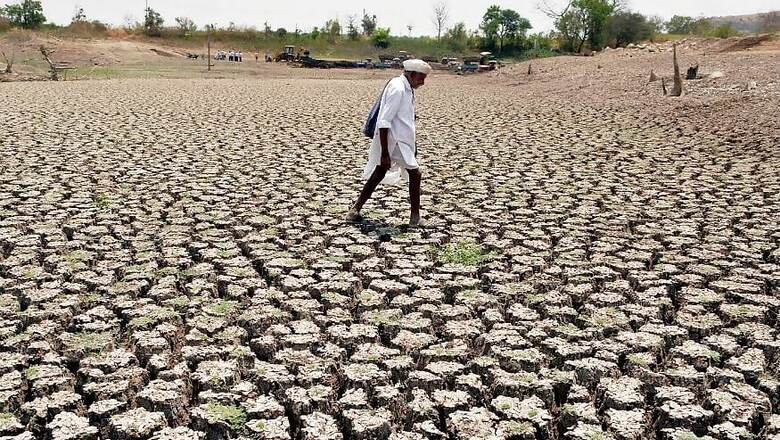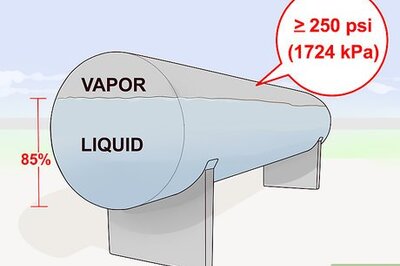
views
Mumbai: BJP’s Maharashtra chief Raosaheb Danve’s campaign in Jalna constituency faced an unusual disturbance last week, when a weak voice crackled, “Paani Aaya” (water has come). As soon as these words were heard, the entire gathering of party workers and natives scurried away in complete abandonment of the leader and forgot all about his speech.
As peculiar as it may sound, the incident is a stark display of the difference in priorities set by politicians and common public. The news of this gathering wasn’t covered by mainstream media, although local newspapers spoke about it.
With the Lok Sabha election underway once again, water scarcity and drought continues to add to the woes of people of the region, with no big leader doing much about it.
Prime Minister Narendra Modi addressed 4 rallies in Maharashtra before the first phase of voting. And even while all the four places happened to be in the worst affected drought areas of Vidarbha and Marathwada, he chose to solely focus on nationalism, Hindutva and criticising his opponents during campaign.
As Modi sounded the poll bugle in the state with rally in Wardha, he addressed the people of the constituency for over 33 minutes. Out of his entire speech, 12 minutes were dedicated to his attacks on the Congress and NCP. Apart from this, the Prime Minister also discussed Mission Shakti, the recent Chowkidar movement and other government schemes.
On the other hand, the looming drought situation found a mere fleeting mention, with Modi spending just over a minute on the topic. Similarly, as he rallied in the worst-hit drought regions of Nanded and Latur, his speeches once again failed to find mention of the issue or promise any relief related work.
Similar was the case with Congress president Rahul Gandhi, who also addressed rallies in drought affected districts, but hardly spoke about the situation. His main point remained criticising Chowkidar and sharpening his attacks on BJP.
Worsening situation
In October 2018, the government of Maharashtra declared a drought situation in 151 tehsils of Marathwada and Vidarbha. The situation worsened in the last six months, but political leaders fail to see the crisis as an issue worth addressing
In some districts of Marathwada like Aurangabad and Beed, water scarcity is so high that villages have been dependent on water tankers since December 2018.
Maharashtra Chief Minister Devendra Fadnavis has been often criticised by his opponents over his pet scheme, Jalyukta Shiway that promised to make 25000 villages drought free by 2020.
Even though the villagers are taking the campaign seriously and offering Shramadan, it's not proving enough to face the harshness of this year's drought.
The cattle owners are the worst affected and a demand to provide fodder camps in drought affected areas is doing rounds. With the scenario worsening, farmers and cattle owners in Marathwada region are selling their cattle, as they don't have enough fodder or water to feed them.


















Comments
0 comment